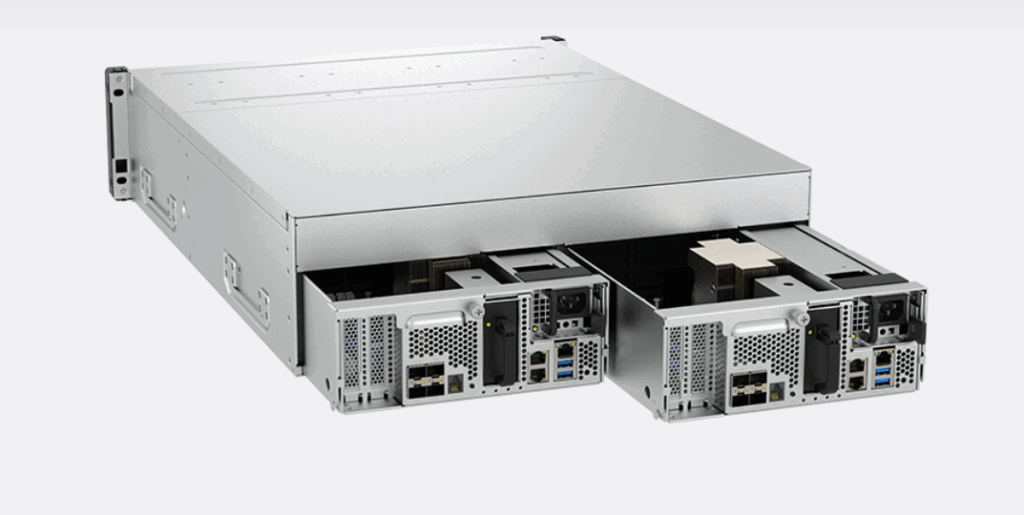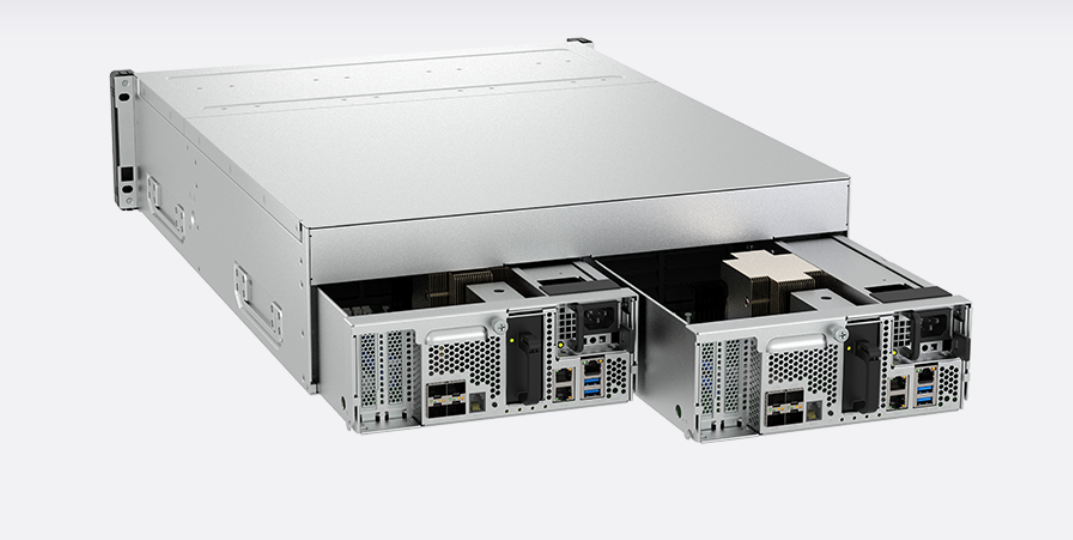Enterprise-level uptime made simple and affordable for every business.
QNAP Systems has officially released a dual‑NAS High Availability (HA) solution designed to deliver continuous uptime for mission‑critical services, from small businesses to media studios. This active-passive architecture ensures uninterrupted access to data and applications by automatically shifting operations to a standby NAS in the event of failure.

Built for Accessibility and Reliability
Unexpected downtime can lead to data loss, disrupted workflows, and even reputational damage, a significant issue that affects businesses and organizations of all sizes. To remedy this, QNAP’s new HA solution brings enterprise-level business continuity to organizations of all sizes, all without complex setups or high costs, making high availability accessible to a broader audience.
Based on cost-effective ZFS storage, the solution is also expected to reduce the total cost of ownership while maintaining enterprise-grade resilience.
| Architecture | Active-Passive HA | Active-Active HA | Scale-out Storage |
|---|---|---|---|
| Total Cost of Ownership | $ ~ $$ | $$$ | $$$$$ |
| Use Case | Designed for use cases that allow minimal service interruption and seek a cost-effective HA solution. | For critical workloads that demand continuous availability and seamless failover. | For environments requiring zero downtime with maximum availability and scalability. |
| Typical Applications | Departmental file servers where a recovery time of ~1 minute is acceptable. | High-availability file servers or virtualization storage that tolerate up to ~30 seconds of failover. | Ideal for financial services, online banking, and stock exchanges where service disruption is unacceptable. |
| Number of Nodes | 2 | 1 | 3 ~ 96 |
| Supported Protocols | NFS, SMB, iSCSI | NFS, SMB, iSCSI, FC | NFS, SMB, S3 |
| Estimated Recovery Time | ≤ 90 secs | ≤ 30 secs | 0 |
Highlighted features
- Automatic failover: Should the primary NAS experience an issue, the passive unit takes over services virtually seamlessly, completing the switch in under 90 seconds to minimize service disruption.
- Real‑time data sync: Using QNAP’s SnapSync technology, data and service settings stay synchronized across both nodes, keeping the recovery point minimal.
- Centralized cluster control: The High Availability Manager app provides a clean, user-friendly interface for setting up clusters, monitoring system health, and managing both NAS units in one place.
- Flexible deployment: From file servers to virtualization, AI storage, and media production, this architecture supports a wide range of IT environments without requiring specialist infrastructure.
Implementing HA is straightforward as well: two identical QNAP NAS devices running QuTS hero OS are paired, with one device serving as the active node and the other in standby. When the active device fails, failover occurs automatically via the standby device, maintaining service continuity.
Availability
The dual‑NAS HA solution is now available for a broad range of QuTS hero NAS models.
Engage with StorageReview
Newsletter | YouTube | Podcast iTunes/Spotify | Instagram | Twitter | TikTok | RSS Feed

